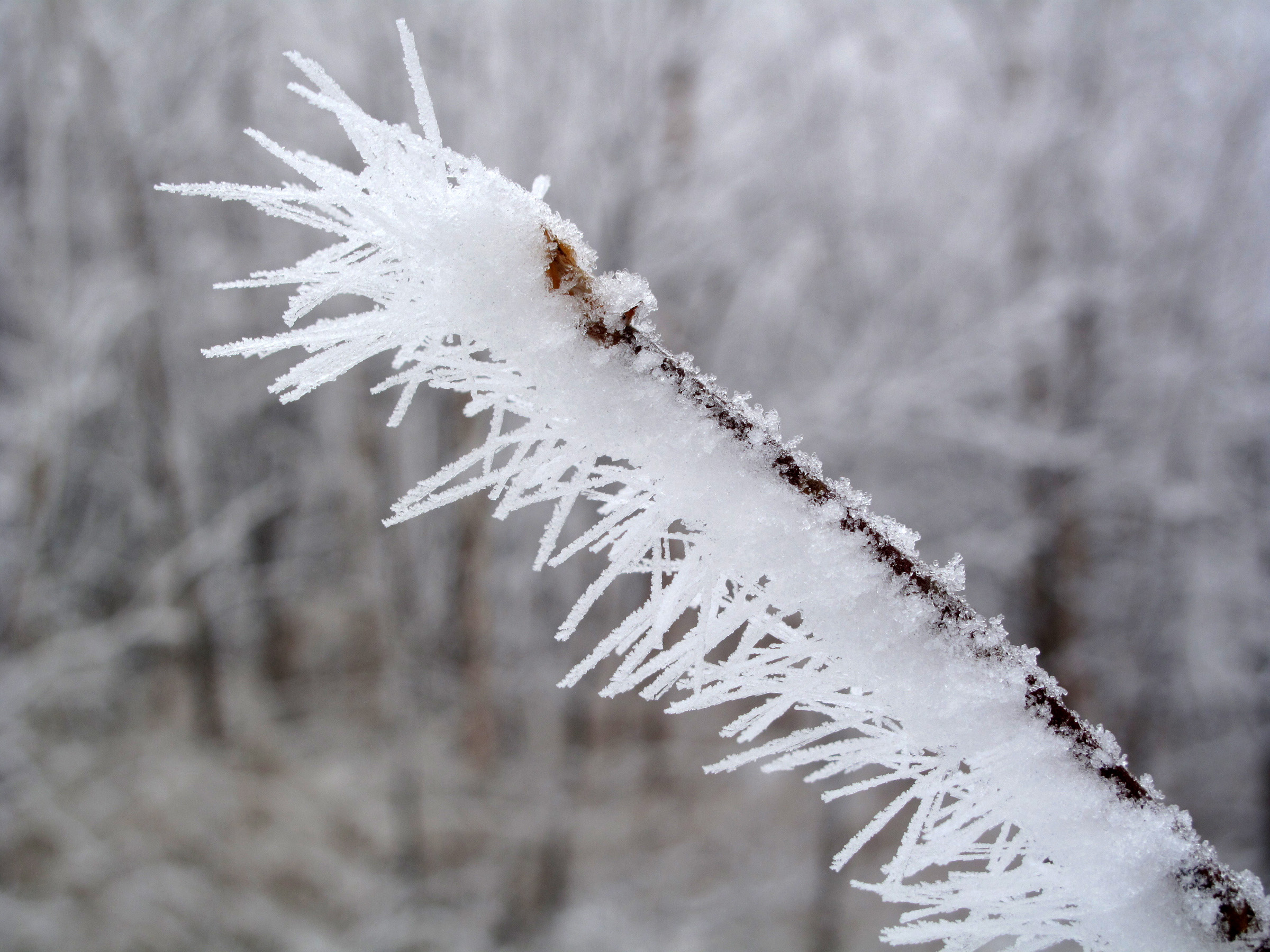
The freezing of Alaska
Beneath a sky of stars and hazy aurora, the heat of an October day shimmers upward. The next morning, leaves, moss and tundra plants are woven into a carpet of white frost; a skin of ice creeps over the surface of lakes. Alaska is freezing once again, responding to the planet’s nod away from the sun and signaling one of the biggest changes of the year.
Northern plants in these parts are standing at the ready, prepared for a long season of doing nothing. Deciduous trees have dropped their leaves, some of them gambling to retain their solar panels a few days longer than others. In a bipolar cycle of life, northern trees are shutting down the frenetic photosynthesis and growth of summer.
Most every migratory songbird has for the final time leapt from the branches here, though some wayward juncos will linger at great peril. The only migrants still passing overhead are the large-bodied swans. Those symbols of quiet grace are passing over in formations that resemble arrowheads arcing toward warm air.
Though a few cold-hardened spiders still creep along the forest floor, winged insects have vacated Alaska airspace. Mosquitoes have mostly died, leaving their eggs, now hard in puddles, as proof they once were here. Some adult mosquitoes stopped flying a month ago and are now clinging to leaves on the forest floor, where life remains on hold. Yellowjackets and wood frogs are employing the same strategy; their wait-it-out world near the ground surface will become a much more survivable place with the addition of snow, which captures the heat of the ground — the rich deposit of the sun’s summer energy that cool air is now withdrawing. That faint, ever-escaping warmth will enable the tiny creatures to avoid the killing air that is just ahead. They have evolved to survive cold, but not 40 degrees below zero.
When snow arrives, it changes everything. Not only does its physical presence make a fox’s task of moving and eating more difficult, but also on a grand scale it transforms the ground from absorber of warmth to a giant mirror. Daytime high temperatures warmer than the freezing point are common before snowfall, rare afterward. When snow comes, the deep freeze really takes over.
Colder days harden the ice to a thickness that supports a caribou, then an entire herd. Creeks solidify and stop feeding rivers, which steam with resistive movement until even they surrender. In the far north, since mid-September the air has been cold enough to form rafts and shields on top of seawater, as sea ice begins another long season of growth.
Even with the airy insulation of snow, the ground surface here in mid-Alaska freezes deeper each day. Some water-saturated soil expands, increasing with irresistible force the elevation of some areas. The freezing front penetrates deeper, sometimes joining crystal fingers with ground that never thawed during the summer. Permafrost, which by definition has endured in a rock-hard state through at least two summers, formed during a colder period of Earth’s existence. It endures today because, despite the illusion of Alaska’s summers, cold is king here.
Our extreme, predictable cold has resulted in some evolutionary marvels. The far north features, for example, a super breed of black-capped chickadee, smarter and larger than its cousins down south. Our climate is also the driver for the development of microbes within a moose’s gut that somehow transform frozen twigs into enough energy to sustain a 600-pound creature every day. For seven months.
The Big Freeze has also inspired another life strategy that seems to be working well — shutting down. Bears are now avoiding winter in cozy earthen bunkers on hillsides and hollows all over the Alaska map. They will remain warm and curled, while the soil around them freezes, snow hisses to the ground above, and the world, day by day, grows darker, until it seems the light will never return.





